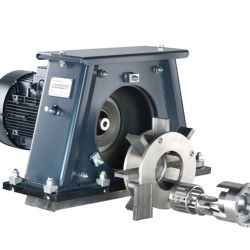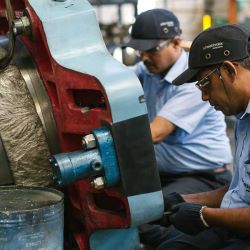Stanislav Venclik is the mastermind behind Wheelabrator blast wheel technology.
He's been in charge of our wheel portfolio for nearly a decade, with an increasingly global scope. We sat down with him to talk about the importance of wheel innovation, the hidden risks of outdated wheel tech, and how the trusted wheel can still be reinvented every day. Continue reading Part 1 of our 2 part series exploring the importance of the blast wheel during the shot blast process.


